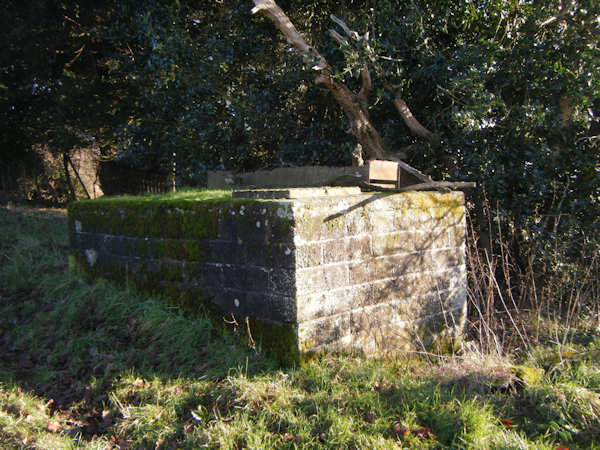 |
Dedication: Saint Mary Location: Thornbury Coordinates: 52.23358N, -2.54888W Grid reference: SO626596 Status: capped Heritage designation: none |
HOME - ENGLAND - HEREFORDSHIRE
 |
Dedication: Saint Mary Location: Thornbury Coordinates: 52.23358N, -2.54888W Grid reference: SO626596 Status: capped Heritage designation: none |
Relatively little is known about Thornbury's holy well, which is now encased in a large rectangular concrete structure. It is said that an underground tunnel of some description once connected the nearby Wall Hills Camp, an old hillfort, with the Lady Well. Rather oddly, the well has never been marked on Ordnance Survey maps, although the spring is at least as old as the hillfort. Woolhope Naturalists' Field Club visited the site on the 30th of May, 1887, and described it:
|
At the foot of the hill on the west, leading over the grounds of Thornbury House, towards Thornbury Church is an excellent unfailing spring called "Lady Well," from which, according to tradition, was an underground communication with the camp, terminating at the locality now occupied by the two yew trees on the western side. Mr. Perry, the present tenant of the large brick residence near the Church, called Thornbury House, informed us that he, when a boy, explored this passage to a distance of forty feet. In the time of his predecessor, and also during his own tenancy, the ground has subsided - in a direct line between the springs and the camp, about mid-way between them - to such an extent as to have required about a dozen loads of earth to fill up the cavity formed. |
It is extremely likely that the Lady Well was originally sacred to the pagan inhabitants of the hillfort before it became dedicated to St Mary. The presence of a very large and gnarled yew tree just a few metres from the well supports this theory. It also seems very plausible that water from the Lady Well, once it had been Christianised, was carried to the church for baptismal purposes, especially considering the the existence of a footpath that leads (almost) directly from the church to the well. The concrete structure certainly dates from the 20th century.
When I visited the site in January 2025, it was unclear whether the spring was producing any water. A small overflow pipe could be seen protruding from the south side of the concrete mass, but it was dry, and looked as though it had been for some time. There were two old troughs near the site, both of them rusted to the point of being completely unusable, that were probably once supplied by the water. A more modern trough, which was located fifty metres or so away from the well, was filled with water, possibly from the Lady Well (I could see that the trough was fed by a hose pipe that disappeared underground). At the very bottom of the hill, a large quantity of water could be seen issuing from a plastic pipe built into the hillside. According to Ordnance Survey maps (which in this case can evidently not be trusted), there are no other springs in the area, so it is very possible that this was the water from the Lady Well.
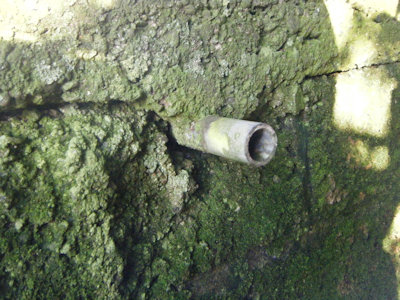 |
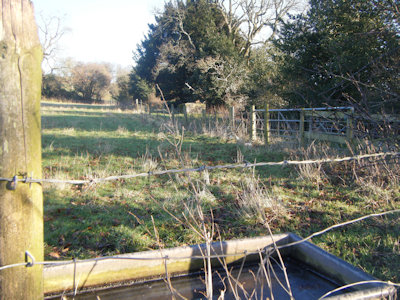 |
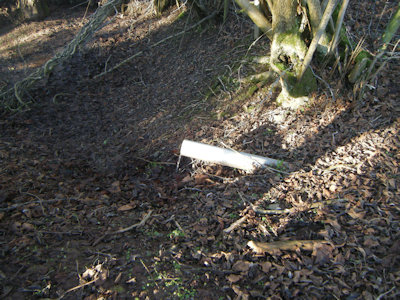 |
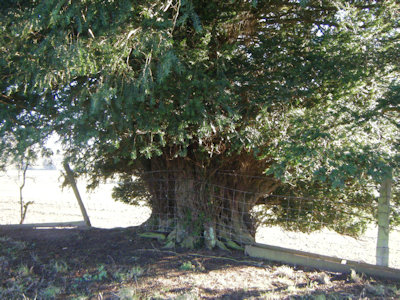 |
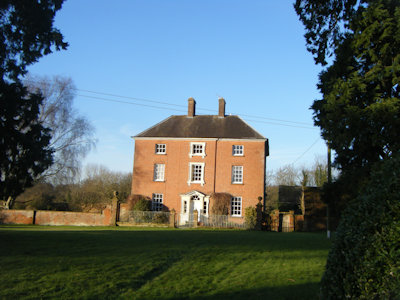 |
|
Access: A public footpath runs right beside the well. |
Copyright 2025 britishholywells.co.uk